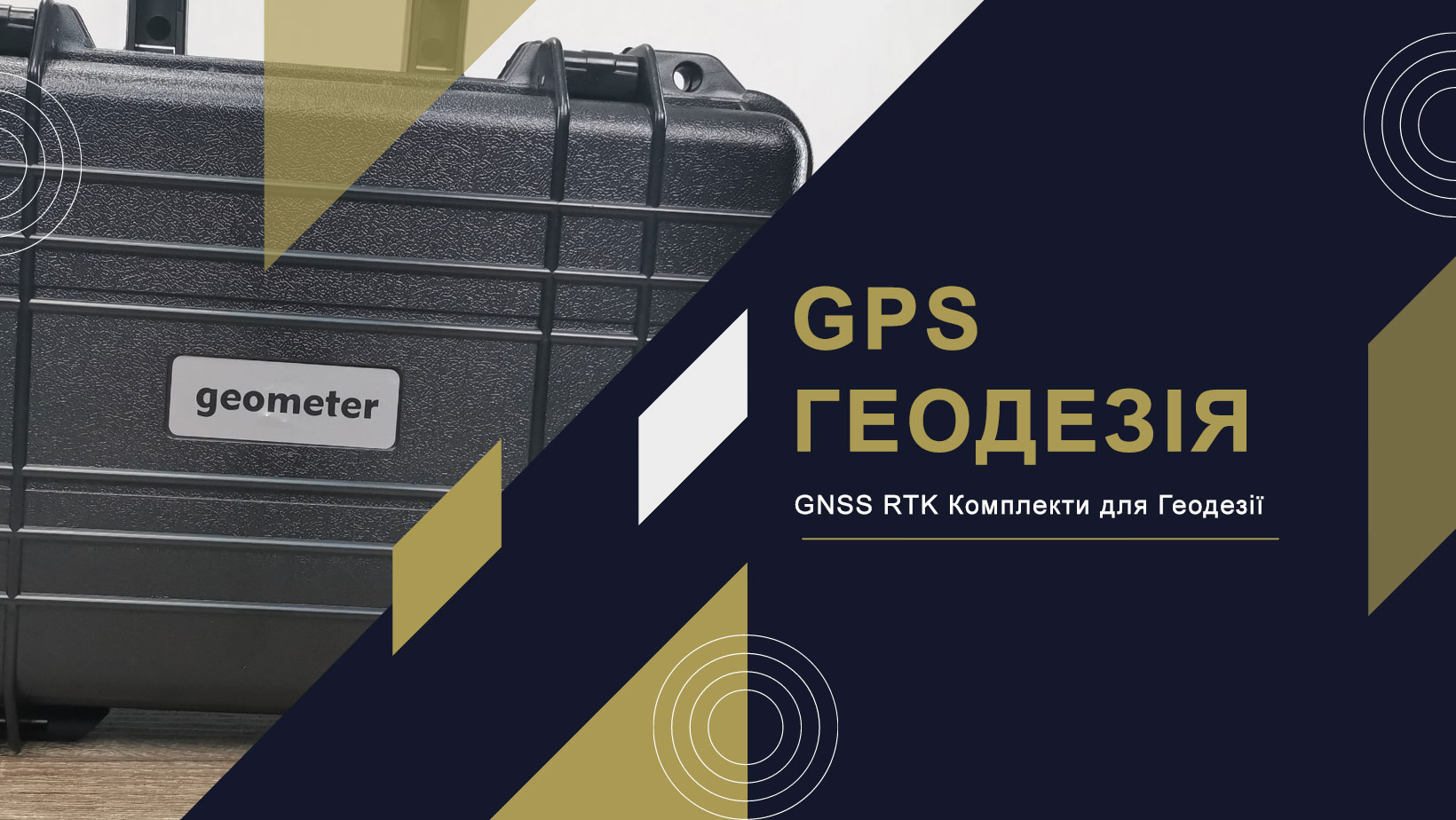
Geodetic measurements have long been the basics of many industries. They are especially relevant for construction, topography, geology, land management and agriculture. The main requirement for geodetic measurements is high accuracy. It is the accuracy that determines the requirements for the means, methods and equipment for geodetic work.
Today, all equipment for geodesy can be divided into 2 large groups - traditional optical and GPS/GNSS equipment for geodesy.
What is the difference between classic surveying instruments and GNSS equipment?
The classic instruments for geodesy include the well-known tacheometers, levels, theodolites, etc. for a long time. Their principle of operation is based on optical methods for determining distances, measuring distances and angles from reflected rays. In this case, the measurement base is geodetic point, the coordinates of which is determined in a special system. Since some systems were created quite a long time ago, the coordinates of the geodetic points may not be accurate and for this they use several systems for their determination at once - the old one, determined in the satellite era and the new one, determined taking into account the coordinates received from satellites.
With the active development of satellite networks, GPS/GNSS equipment for geodetic work has become the standard of use, and has practically replaced optical instruments, even though manufacturers have added satellite-based options to them, but the cost and complexity of such a device has unreasonably increased.
The principle of operation of satellite geodesy equipment is to obtain coordinates from satellites from different systems: GPS, Glonass, Galileo, Beidou and position them. GPS receivers that work simultaneously with several satellite systems are called GNSS. The fundamental difference between GPS devices for geodesy and conventional (consumer) GPS receivers is positioning accuracy. It is achieved by the fact that, unlike the free civil satellite signal, which is initially specially sent with an error, they use a commercial encrypted signal, which can be accessed only after payment. At the same time, the geodetic receiver (rover) works with the satellite through the RTK base station, which receives a commercial signal and transmits corrections to the GNSS rover. Such a system allows obtaining a positioning accuracy of up to 1 cm.
Considering the high positioning accuracy and mobility of GPS/GNSS geodesy equipment, today the best solution for geodetic work.
Which GPS/GNSS receiver is better for survey
Systems for GPS/GNSS geodesy consists of a base RTK station, a Rover, a controller (smartphone), specialized software (usually already installed on the controller) and accessories (poles, tripods, smartphone holders, batteries, carrying cases, etc.). Using your own base station is not always justified due to the high cost, so surveyors often use existing base stations of various paid correction networks.
Controllers are responsible for the visual output and processing of information and primarily affect the usability and reliability of the device. These can be either specialized devices or shockproof and dust-proof smartphones.
The main function - measurement accuracy is determined by the choice of GNSS RTK receiver.
Choosing the "right" GNSS RTK receiver is an immersion in its technical and technological "stuffing". On the one hand - the reliability of the base OEM card on which it is assembled and its capabilities in terms of the number of supported frequencies, speed of data processing etc. On the other hand, there are additional devices and options that it supports. The latter often determines the price of the GNSS receiver for surveying. Many well-known manufacturers even abuse it, including options that are rarely used by surveyors, but significantly raise the cost of the device. Based on such options, the use of UHF radio modules, IMU sensors, protection systems against unauthorized use, etc. Of course, there are exceptions, for example, work in mountainous areas or areas with poor mobile coverage, where the gsm module will not cope.
But, in 95% of cases, when choosing the best GNSS RTK receiver for geodesy, you should choose a time-tested manufacturer that uses reliable boards and other high-quality components, provides a reliable controller with a modern operating system and professional software that solves the task of a surveyor.
Geometer has been developing and manufacturing GNSS RTK receivers and kits for GPS surveying since 2009, and during this time the reliability of our GNSS RTK kits has been confirmed by more than a thousand customers.
Our flagship GPS surveying products, multi-frequency GM Smart M and dual-frequency GM RTK, cover the surveying needs of every industry, from construction to farmland surveying.


